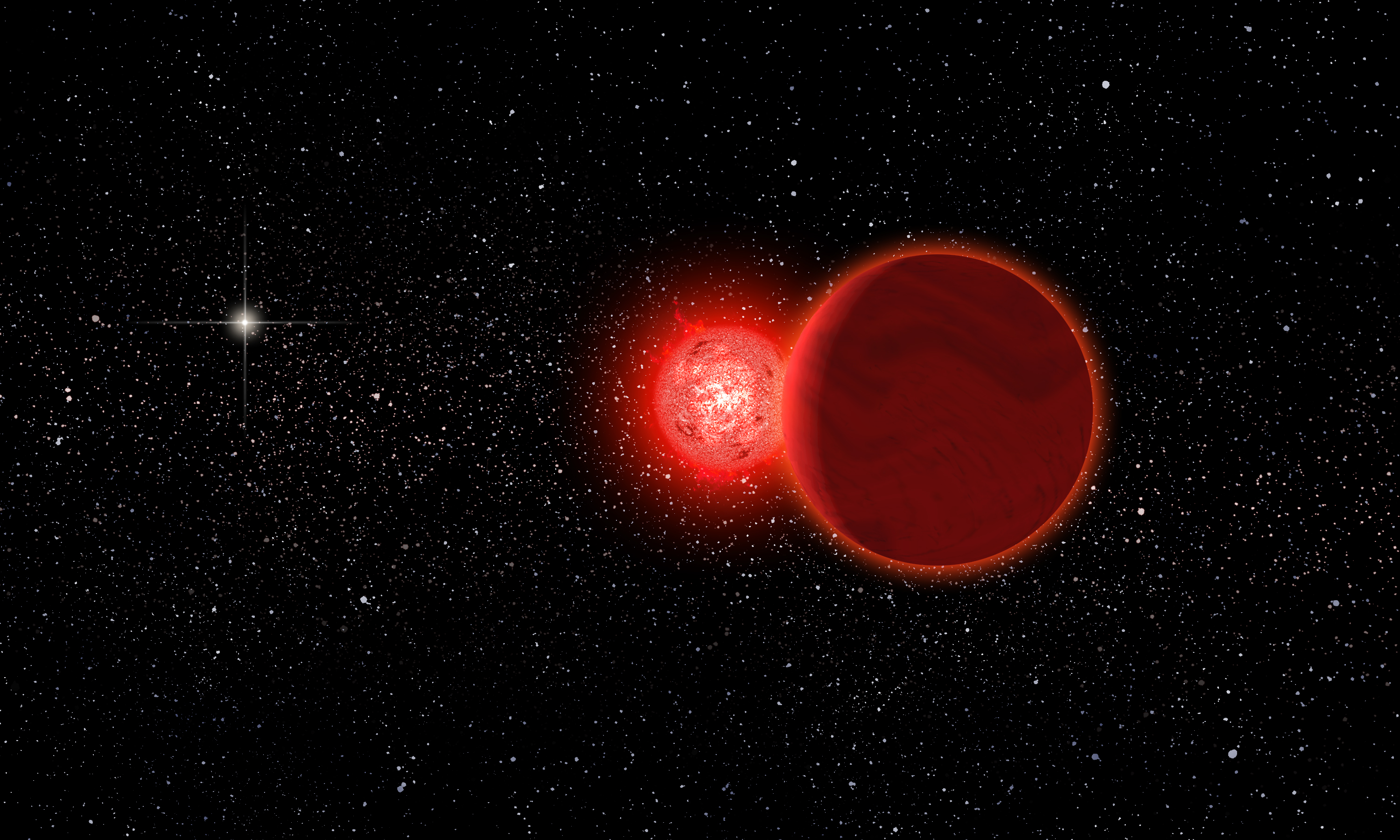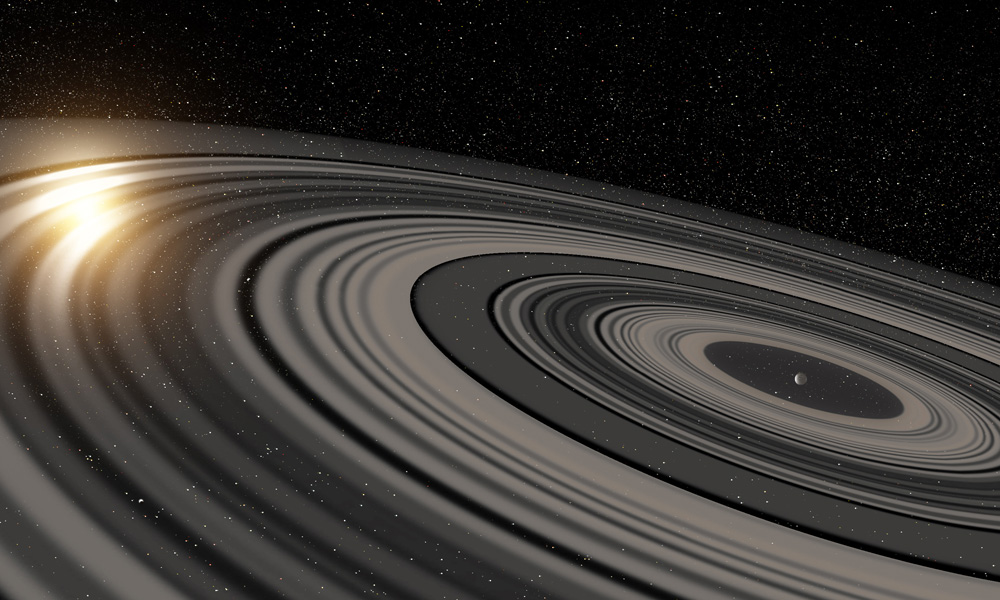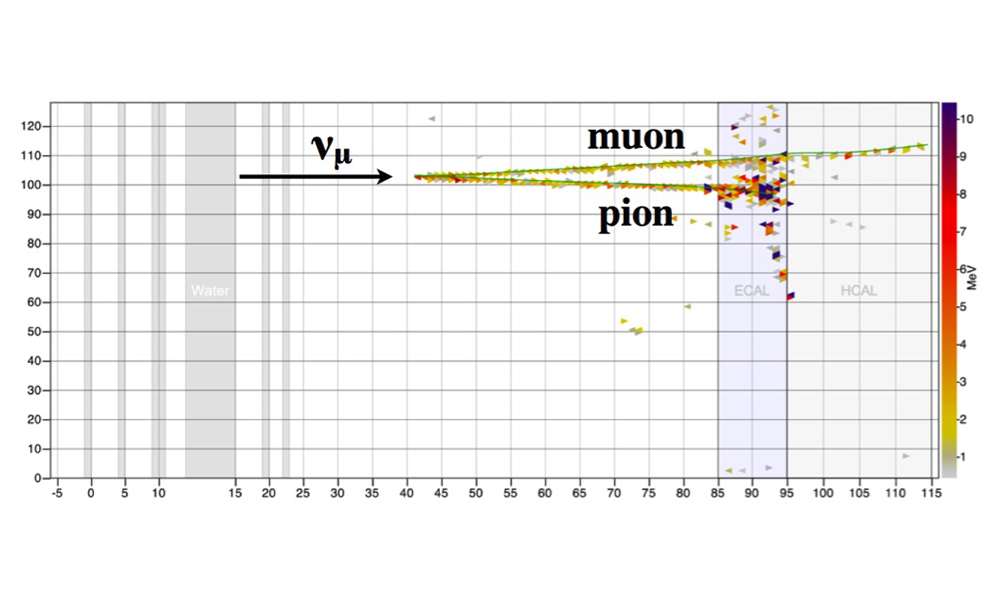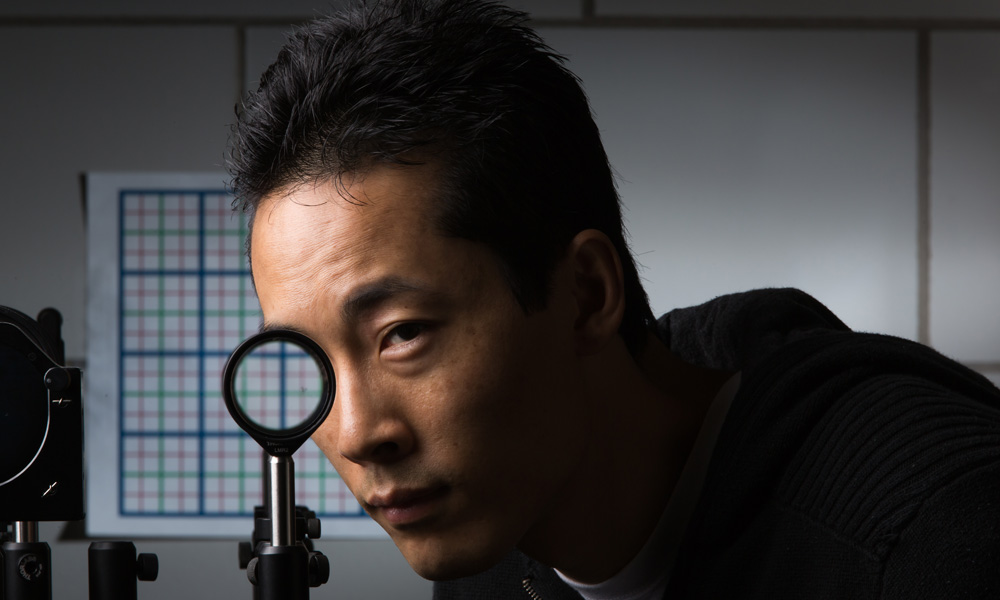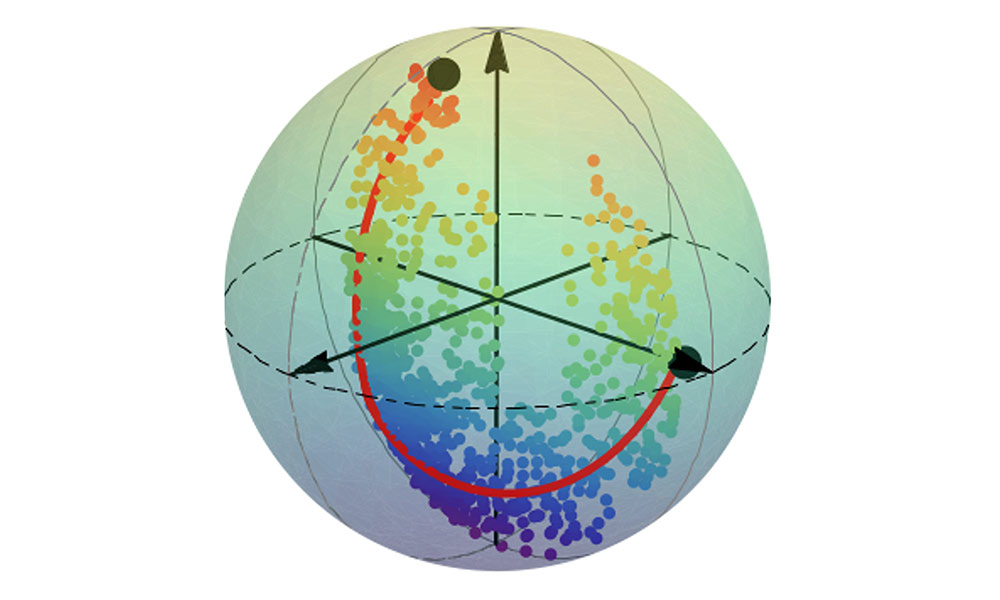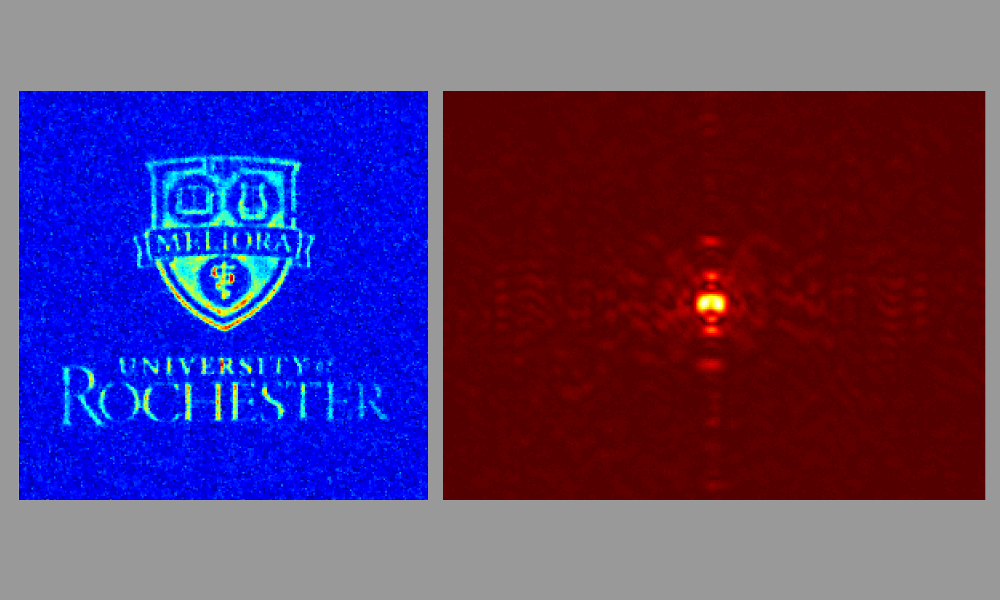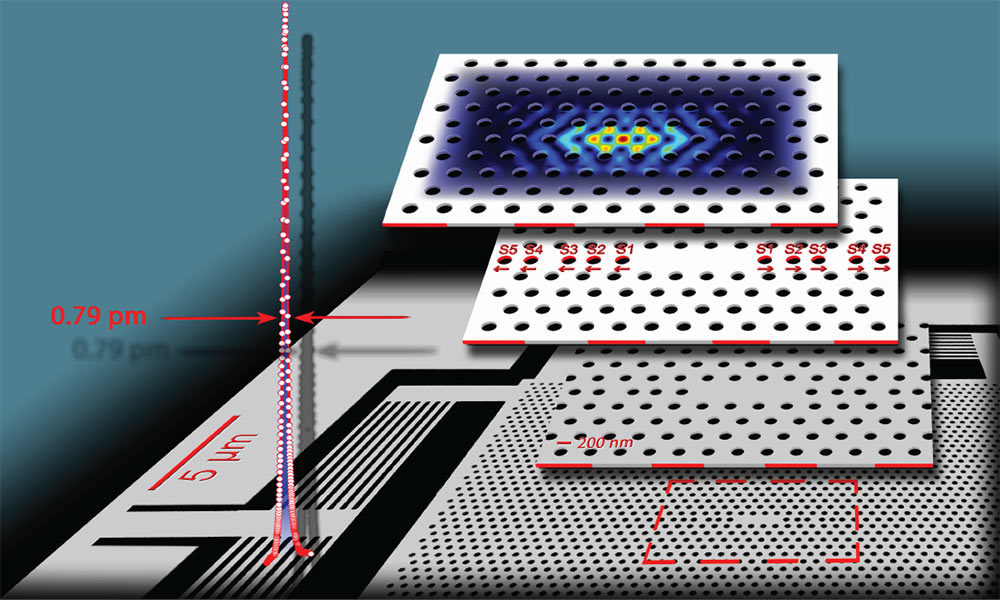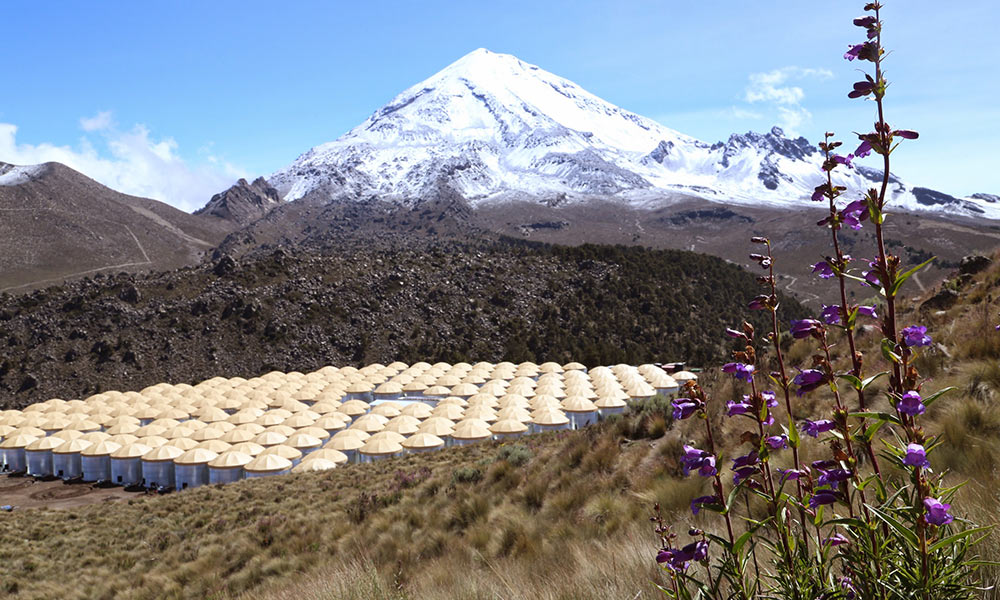
Science & Technology
Rochester researchers on team behind new gamma ray observatory
March 20, 2015
Some of the most energetic phenomena in the universe produce high-energy gamma rays, and a new observatory in Mexico aims to expand the catalog of known gamma ray sources.

